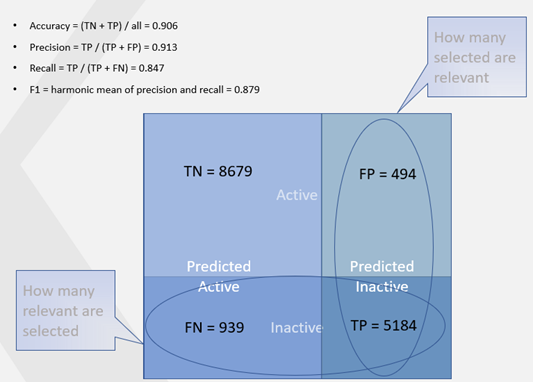Propensity Models
Lead scoring
Within StoneX Retail we often deal with high volume of clients and as such it is important our front office and KYC teams are able to score each lead/opportunity to prioritise their workflow. We have lead scoring available:
KYC (onboarding) team: They prioritise cases based on region, Persona and time in queue. This process is automated and the analytics team review performance periodically.
Sales team: Our Sales team get’s their opportunities prioritised based on a data driven lead scoring model which takes into account their Persona, intended deposit amount, etc to derive a scaled model. Sales leads from each region are able to use this to identify which clients gets called.
To construct the model we have selected all clients that have been acquired since 2019 and had at least 30 days since the account was opened. The complete sample consists of 35,000 approved clients.
While the models are data driven, they are modified in collaboration with the Sales teams to ensure they are usable and removes all known outliers that may skew the output.
We have also used lead scoring models to help reactivate dormant client bases. A measurement framework is in place with a control group to ensure model works better than the fallow set. This is particularly important as volatility is a major driver for client activity.
Churn Propensity model
Retail clients have an expectedly higher churn rate compared to B2B clients, as such, retaining clients is key to continued revenue growth. Typically, the retail business can see between 15-20% churn rate. These can be higher due to market events and regulatory changes, and this varies across region.
The analytics team has designed a churn propensity model which predicts the likelihood of clients becoming dormant. This model is available for US, UK and PRC regions, our 3 major markets.
The data science teams study all available variables likely to impact client churn and selects a number of variables that have the greatest impact on client inactivity. A decision tree model has been used for prediction. Various supervised and unsupervised models were tested before choosing the simplest and most reliable model.
A likelihood score of inactivity scaled 1-10 is the output of the model. This is available in SalesForce for our Sales, HNW and Client Value management teams to use to these clients and help retain them.
Churn propensity model performances


